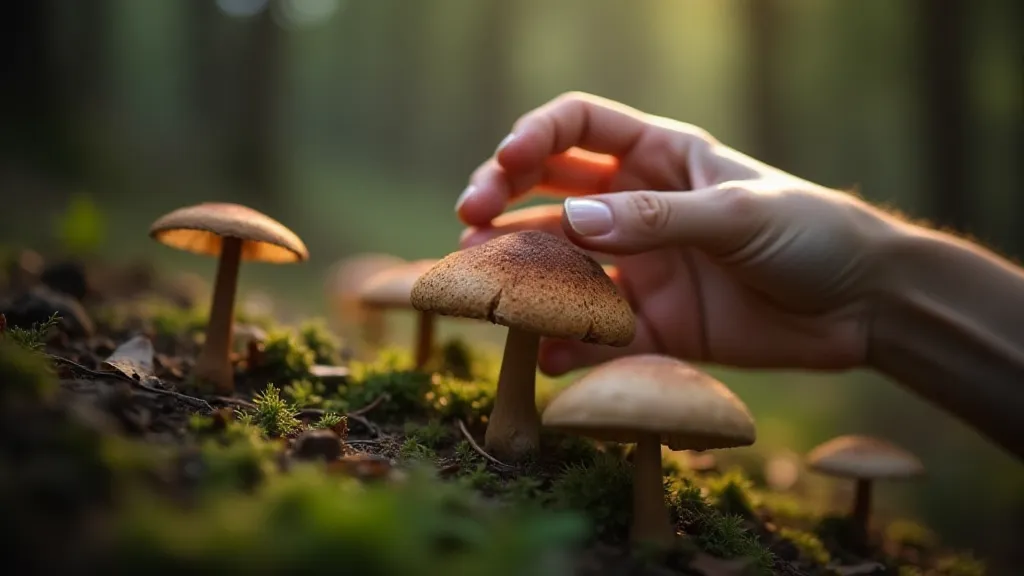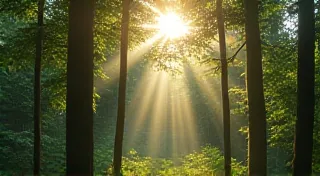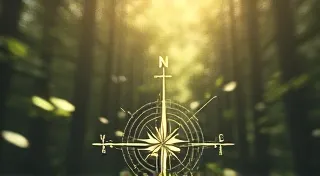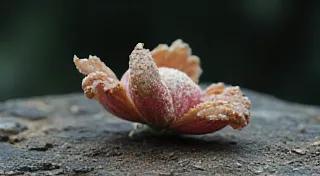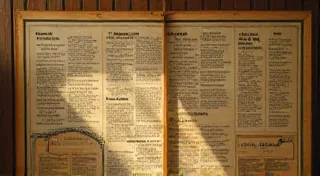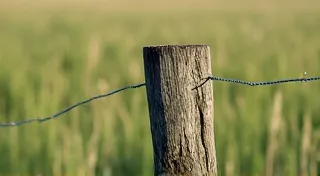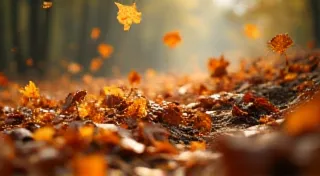Glimmering Invocations: Fairy Rings and Lunar Influence
The air hangs thick with the scent of damp earth and something else… something indefinable, a sweetness laced with an ancient stillness. As a child, I’d often wander the fields bordering my grandmother’s farm, drawn to the inexplicable circles that would suddenly appear – vibrant rings of mushrooms, seemingly sprung from nowhere. My grandmother, a woman steeped in the lore of the land, simply called them "fairy rings," and warned me to never enter them without permission. It wasn’t a fear-based prohibition, but one born from a profound respect for the unseen forces at play. And it’s a respect that has only deepened with age and study. These formations, so commonplace in many parts of the world, are so much more than just a fungal anomaly; they are living embodiments of ancient beliefs, echoing with a resonance that seems particularly strong under the watchful gaze of the moon.
For centuries, fairy rings – those mesmerizing circles of mushrooms—have captivated the human imagination. Across Europe and beyond, they've been viewed as gateways to the fairy realm, places of dancing, revelry, and potential peril. The folklore surrounding them isn’t monolithic. The details shift subtly, reflecting the local landscape, the anxieties, and the hopes of the communities that observe them. Yet, the core idea remains consistent: these are not natural occurrences in the purely scientific sense. They are imbued with significance, connected to something beyond our immediate understanding. Think of the meticulous craftsmanship of antique accordions, each key and bellows meticulously fitted, reflecting both practicality and artistry. Similarly, the formation of a fairy ring, though seemingly spontaneous, reveals a complex interplay of biological processes guided by an unseen hand.
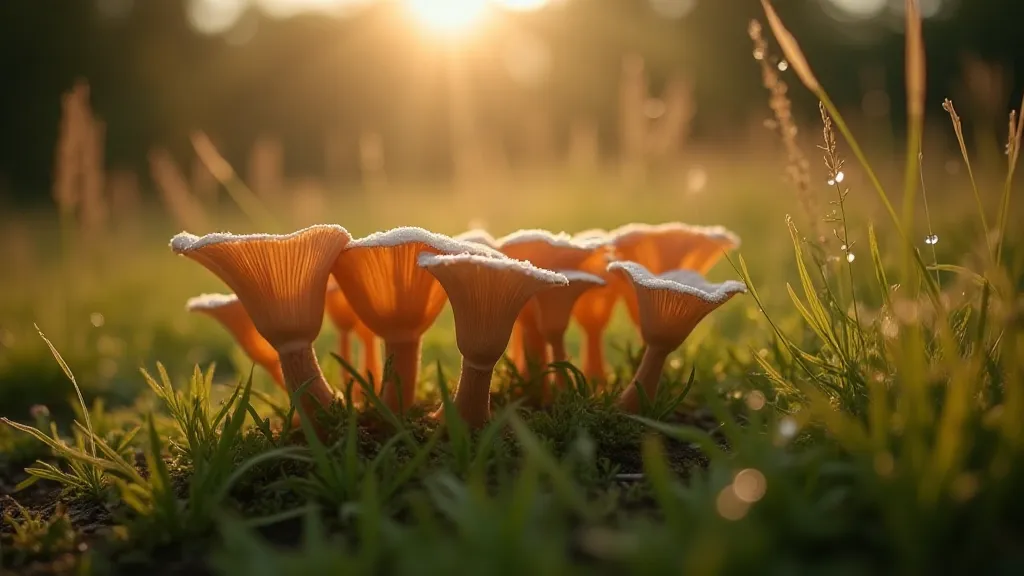
Historical Accounts: From Pagan Rituals to Village Superstitions
Early historical accounts of fairy rings are steeped in pagan ritual. In Celtic traditions, they were often associated with sites of ancient druid gatherings, believed to be places where the veil between worlds was thin. The dancing on the rings wasn’t seen as whimsical entertainment, but as a profound act of connection – a way to communicate with spirits and draw power from the earth. Similarly, in Germanic folklore, fairy rings marked the spots where elves or dwarves held their feasts. Those who stumbled upon a ring unwittingly were said to be forced to dance until they collapsed from exhaustion, a punishment for trespassing on sacred ground. The fear wasn's malicious; it was a recognition of power—a power far greater than human comprehension.
The rise of Christianity attempted to reinterpret these beliefs. Fairy rings were increasingly labeled as demonic circles or places where witches held their sabbats. While this served to demonize pre-Christian practices, the underlying sense of mystery and power remained. The association with the "otherworld" persisted, although now framed within a context of supernatural peril. It's interesting how deeply ingrained these beliefs were that even after centuries of Christian dominance, the underlying folklore surrounding fairy rings refused to be entirely extinguished. It's a testament to the enduring power of oral tradition and the inherent human need to understand the mysteries of the world around us.
The Lunar Connection: A Recurring Theme
What truly fascinates me is the recurring theme of lunar influence in fairy ring folklore. Across diverse cultures, tales speak of the rings being most visible, most potent, or most frequently encountered during specific lunar phases – particularly the full moon. This isn’t simply a matter of anecdotal observation. While a definitive scientific explanation remains elusive, there are plausible ecological and perhaps even less tangible reasons to consider this connection. Some mycologists suggest that the fruiting of the fungi that create fairy rings can be influenced by moisture levels in the soil, which can, in turn, be correlated with lunar cycles.
But the folklore speaks to something more profound than mere ecological correlation. The moon, a symbol of feminine power, cycles, and the unseen, has always been intrinsically linked to the realm of magic and the supernatural. It’s easy to imagine how ancient observers, acutely attuned to the rhythms of nature, might have associated the cyclical appearance of fairy rings with the moon’s phases. Perhaps the rings “blossom” under the full moon’s light, revealing their true nature as portals to other realms. Or perhaps the increased visibility simply allows for a heightened awareness of their presence. The explanations are less important than the enduring belief itself – a belief that connects these seemingly ordinary circles of mushrooms to the grand, cosmic dance of the universe.
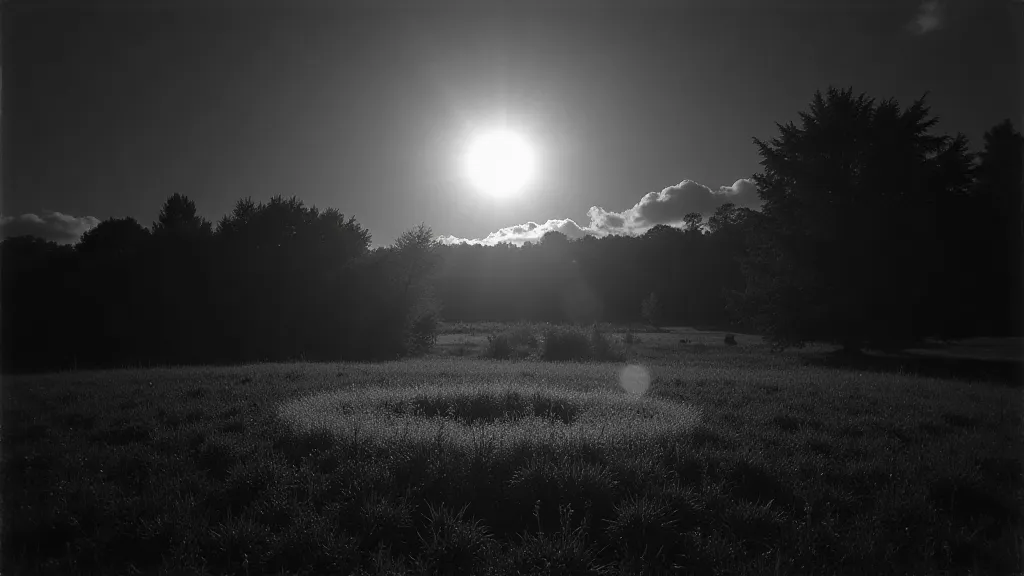
Regional Variations: The Whisperings of the Land
The specific beliefs surrounding fairy rings vary significantly from region to region, reflecting the unique history, landscape, and cultural anxieties of each area. In some parts of England, it’s considered unlucky to walk around a fairy ring – a practice intended to avoid attracting the attention of the resident fairies. In Ireland, it’s believed that the rings are often guarded by a “Good Wife,” a benevolent spirit who protects the fairies and punishes those who disturb their peace. The details change, but the underlying message remains the same: these are not places to be taken lightly.
The landscape itself shapes the folklore. In areas with dense forests, fairy rings are often associated with woodland spirits. In open fields, they might be linked to more benevolent deities or ancestors. Just as the condition of an antique accordion’s bellows and keys reflects its history and the hands that have cared for it, the folklore surrounding a fairy ring is a reflection of the community’s relationship with the land. It's a living document, constantly evolving as new generations interpret and reimagine the mysteries of the natural world.
Preserving the Lore: A Responsibility to the Past
The folklore of fairy rings, like the intricate workings of a finely crafted accordion, is a fragile and precious thing. It's a direct link to our ancestors, a window into their beliefs and their understanding of the world. It’s our responsibility to preserve this lore, not merely as a collection of quaint stories, but as a vital expression of human culture and our enduring connection to the natural world.
I remember meticulously cleaning and lubricating my grandfather’s antique accordion, marveling at the craftsmanship and the history embedded within each component. Similarly, when we encounter a fairy ring, we should approach it with reverence and respect, recognizing that we are standing in a place that has resonated with mystery and wonder for centuries. The power of these rings isn't about magic spells or fantastical creatures, but about acknowledging the profound interconnectedness of all things – a connection that is most powerfully felt under the watchful gaze of the moon.
